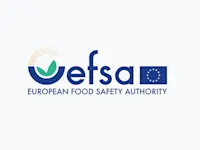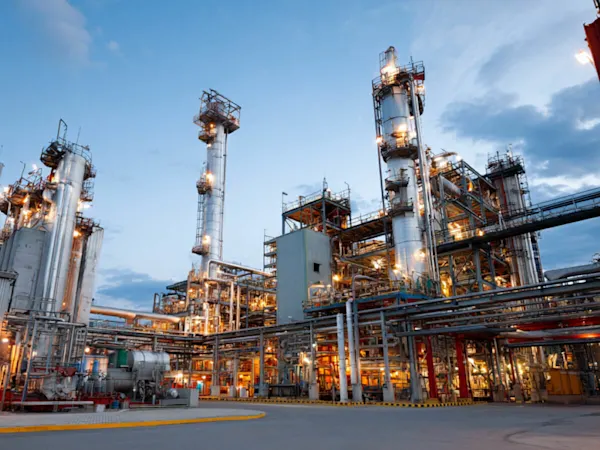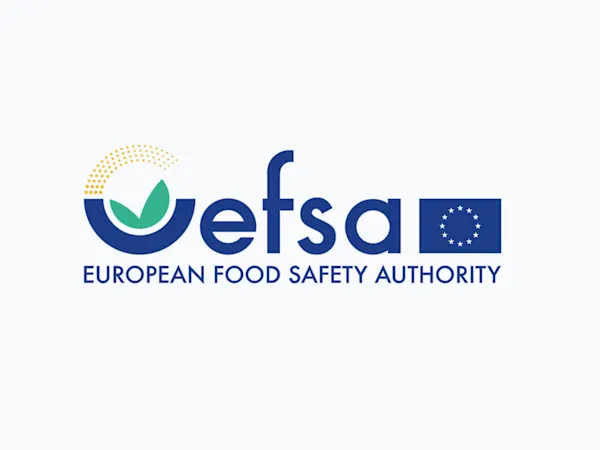
Illinois to Ban Nonbiodegradable Plastic Glitter in Personal Care Products by 2029
Illinois will prohibit nonbiodegradable plastic glitter in personal care products by 2029, impacting manufacturers, retailers, and regulators alike.


3M has agreed to a landmark settlement with the State of New Jersey to resolve longstanding liabilities related to per- and polyfluoroalkyl substances (PFAS), also known as “forever chemicals”. Announced in May 2025, the deal is valued at up to $450 million (£355 million) and represents the largest statewide PFAS agreement in New Jersey’s history. For industry professionals, this development underscores intensifying legal and regulatory pressures linked to PFAS use and legacy contamination.
The agreement covers claims dating back to 2019, including environmental damage at the Chambers Works and Parlin sites, as well as liabilities stemming from PFAS in aqueous film-forming foam (AFFF). 3M’s own release values the settlement at a present value of $285 million (£225 million), structured over a 25-year payment schedule. The State’s higher figure reflects total projected disbursements including punitive damages and project-specific remediation funding.
PFAS are synthetic substances widely used since the 1940s in non-stick cookware, textiles, and firefighting foams. Their chemical stability makes them resistant to degradation, allowing accumulation in the environment and human body. Scientific studies have linked PFAS exposure to serious health effects, including cancer and endocrine disruption.
The settlement has far-reaching implications for stakeholders across the chemicals value chain. In addition to financial risks, the case sets a precedent for state-level accountability beyond federal regulatory frameworks. Companies involved in the manufacture, use, or sale of PFAS-containing products may face increased scrutiny and compliance obligations.
Notably, the agreement spares 3M from a trial set for May 19, 2025, and releases the firm from future liability linked to PFAS contamination in New Jersey. The company has also reaffirmed its plan to end all PFAS manufacturing by the end of 2025, aligning with broader regulatory and market shifts towards safer chemical alternatives.
Foresight continuously tracks 1000s of sources and maps updates to your portfolio:




Illinois will prohibit nonbiodegradable plastic glitter in personal care products by 2029, impacting manufacturers, retailers, and regulators alike.

ChemSec updates the SIN List with neurotoxicants, spotlighting brain-damaging chemicals and urging EU regulators to act swiftly on these hidden threats.

EFSA launches consultation on updating its Weight of Evidence and Biological Relevance guidance, aiming to streamline chemical risk assessment practices.
Subscribe to Foresight Weekly and get the latest insights on regulatory changes affecting chemical compliance.
Free forever. Unsubscribe anytime.
Read by professionals at